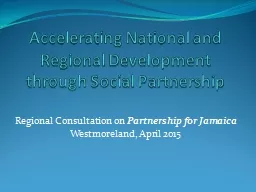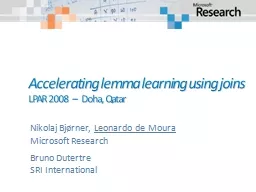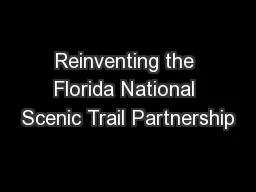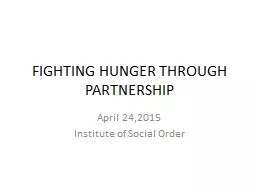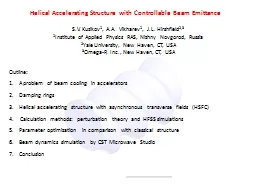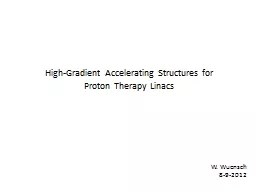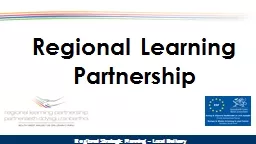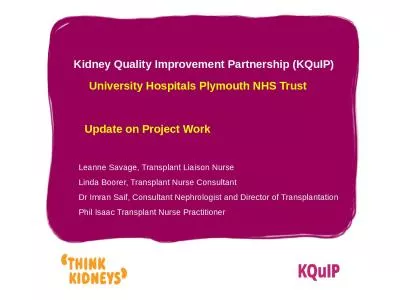PPT-Accelerating National and Regional Development through Social Partnership
Author : celsa-spraggs | Published Date : 2018-03-12
Regional Consultation on Partnership for Jamaica Westmoreland April 2015 Jamaican Governance and its Parishes In 1663 the first general election was held in Jamaica
Presentation Embed Code
Download Presentation
Download Presentation The PPT/PDF document "Accelerating National and Regional Devel..." is the property of its rightful owner. Permission is granted to download and print the materials on this website for personal, non-commercial use only, and to display it on your personal computer provided you do not modify the materials and that you retain all copyright notices contained in the materials. By downloading content from our website, you accept the terms of this agreement.
Accelerating National and Regional Development through Social Partnership: Transcript
Download Rules Of Document
"Accelerating National and Regional Development through Social Partnership"The content belongs to its owner. You may download and print it for personal use, without modification, and keep all copyright notices. By downloading, you agree to these terms.
Related Documents

